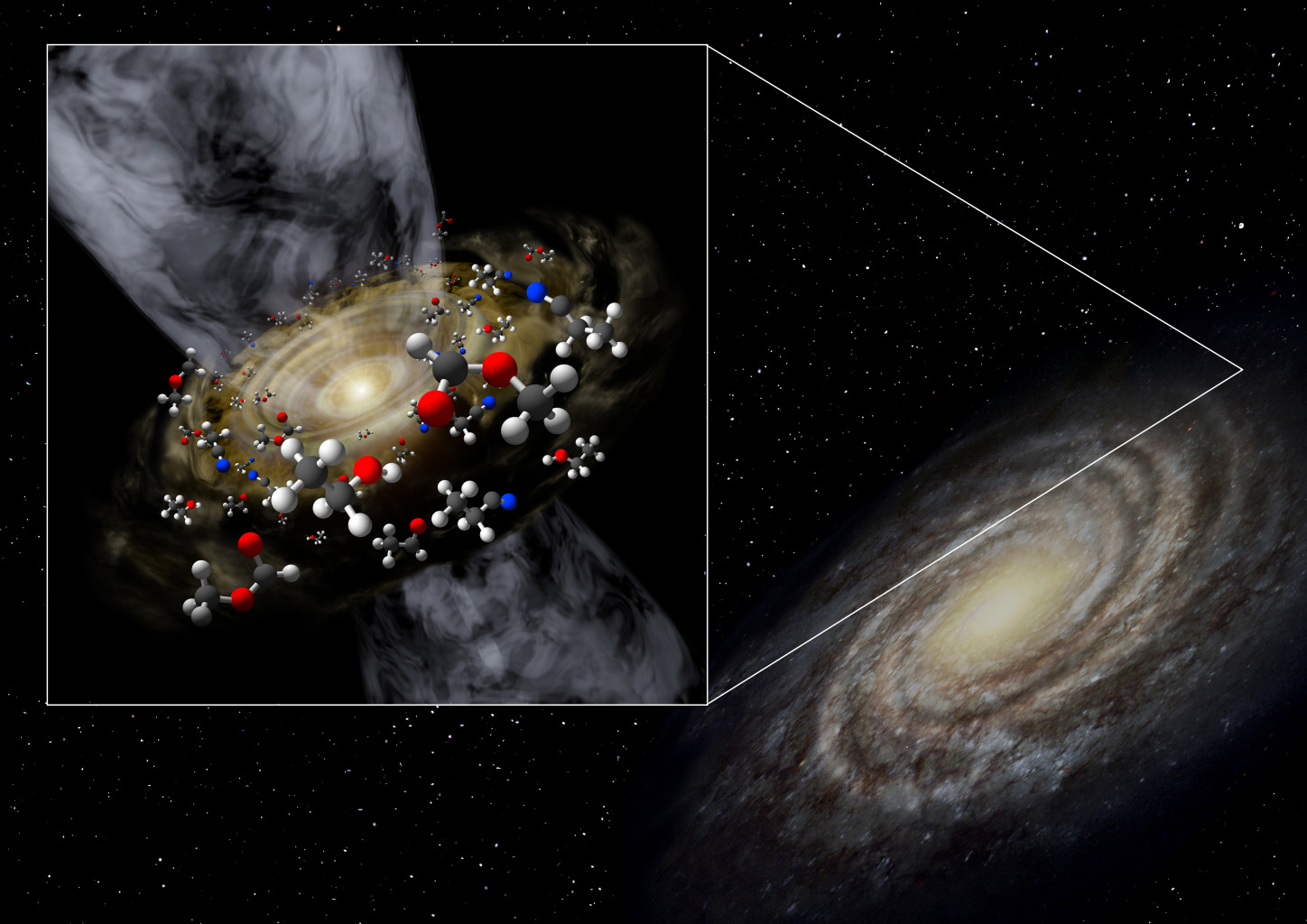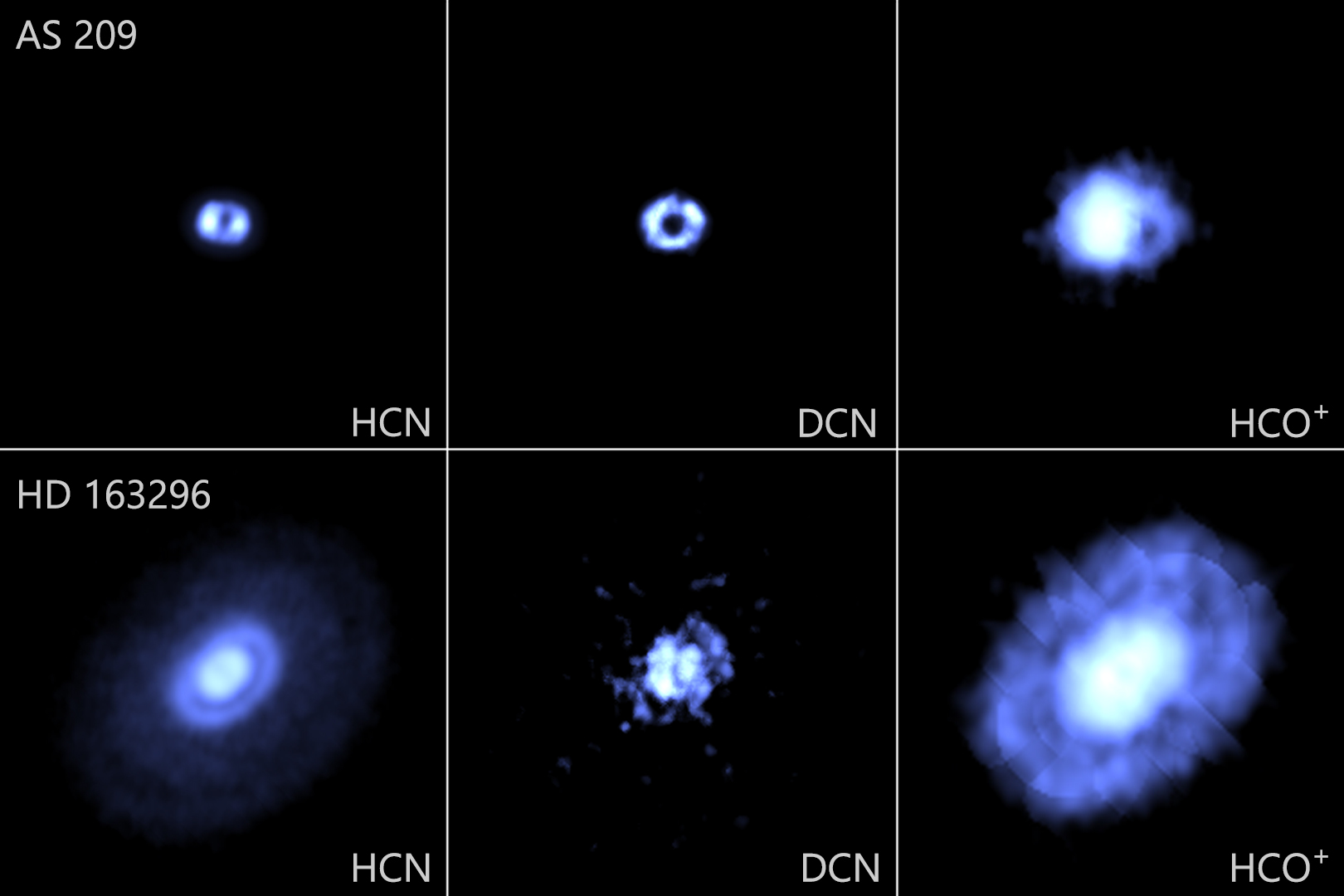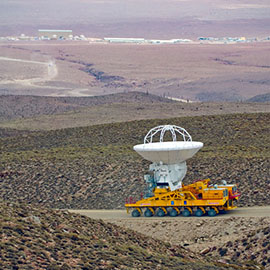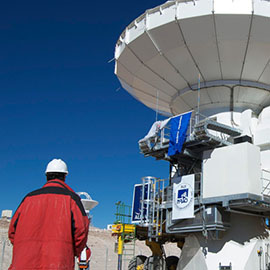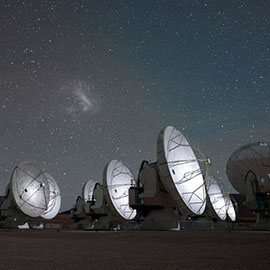In ancient stellar nurseries, some stars are born of fluffy clouds Observations of the Small Magellanic Cloud: insights into star formation in early-universe-like environments
(This news is based on the press release from Kyushu University on September 24, 2025)
In today’s Unive…



